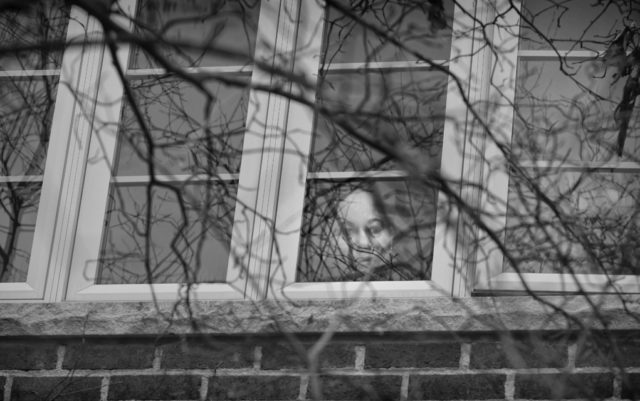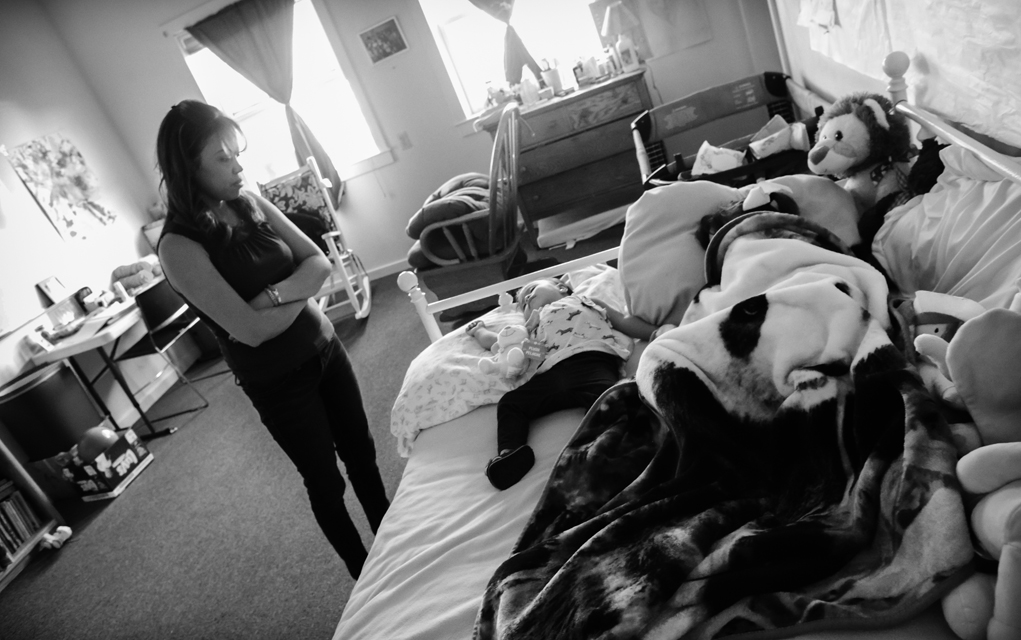
On Feb. 27, the day this edition hits newsstands, Rosa Sabido will have been in sanctuary at Mancos United Methodist Church for 1,000 days.
That’s two years and seven months inside the small adobe building on Grand Avenue. She’s lost a lot over those thousand days: big things, like her mother and her five dogs, and little things, like the view of Sleeping Ute Mountain from the front porch of her home in nearby Cortez. Unable to leave the church for fear of being picked up by U.S. Immigration and Customs Enforcement (ICE), Sabido was unable to attend her mother’s funeral in 2018.
Sabido — a native of Mexico who’s called Southwest Colorado home for more than 30 years — was one of nearly 40 undocumented immigrants publicly known to have sought sanctuary in the United States in 2017. That year began the largest wave of sanctuary-seeking immigrants in the United States since the 1980s, a result of the Trump administration’s rolling back of Obama-era policies that provided immigrants without criminal records — people like Sabido — protection from deportation.
What has remained in place from the Obama administration is a 2011 policy that designated churches, hospitals and schools as “sensitive locations,” places where ICE has been told not to enter and arrest undocumented immigrants. With the Trump administration recently announcing plans to deploy law enforcement tactical units to sanctuary cities around the country, it’s easy to wonder how long churches will remain safe places for immigrants.
In March 2018, Boulder Weekly’s Joel Dyer set out on the first leg of a project that aims to photograph and interview everyone in the United States who has taken public sanctuary in a church to avoid deportation. Sabido was one of the people he visited. When Dyer started the Windows, Walls and Invisible Lines project, there were an estimated 25 to 30 people in 22 states who had taken public sanctuary. The best estimate for people who had taken nonpublic sanctuary in the United States was just over 100. So far, Dyer has visited 21 people in sanctuary in nine states.
March 5-8, Motus Theater will present Invisible Lines, based on Dyer’s photographs and reporting thus far. While Motus has always aimed to facilitate dialog around difficult social justice issues, Invisible Lines is the company’s most collaborative theater experience yet, providing improvisational reenactments of stories from Dyer’s project, but also inviting the audience to reflect on how to use their individual skills to find a solution to what artistic director Kirsten Wilson calls a human rights crisis.
“We may lose DACA (Deferred Action for Childhood Arrivals) in June and if we do, almost half my staff and the majority of my performers will not be able to work or travel in safety any longer. I get really creative when I get afraid because I love people and I want them to have the same opportunities that my own child has, and I know that anytime someone’s human rights or options are diminished so with that goes the safety and the democracy and the possibilities for my kid. So it’s a selfish desire and also a strategic desire to be part of creating a democracy that I thought was possible.
“I think a lot of people are feeling really powerless right now,” Wilson says. “I feel like Motus has the opportunity to love people up so that they can show up the way they want to show up for a human rights crisis. If they don’t figure out how to, they will continue to feel more and more shut down.”

Invisible Lines will include some workshop-like components such as shared storytelling where audience members can reflect on their experiences with immigration and sanctuary, but also more traditional elements of theater where stories are acted out to live music. Wilson says the audience will be mobile in the Grace Gamm Theater, “in order to feel themselves differently in relation to these stories.”
“We will be doing brief check-ins with the audience about how they’re handling the stress of watching a human rights crisis happening and knowing it’s happening,” Wilson says. “How do they negotiate the gap, the distance of their privilege and disconnection from those issues and their desire to be part of a change? We’re coming into this performance with the idea that everyone is hungry for their humanity: to feel it, to experience it, to express it. We will be discovering as a group what we can do in order to feel our impact in terms of addressing some of the issues at hand and be reminded of our power.”
And even from the confines of the tiny adobe church in Mancos, Colorado, Rosa Sabido will contribute to Invisible Lines via several poems she penned about other immigrants in sanctuary from Dyer’s original project.
One of the poems is about Vicky Chavez, a mother from Honduras who has been in sanctuary in Salt Lake City with her two young daughters for more than two years.
“Oh, my little angels,” Sabido writes, “you may think I am saving you / but you are saving me / They talk about keeping children in cages / yet I was forced to wall you in / take away your sky, your earth, your flying feet / I hope one day you can forgive me.”
“I know Vicky because we have a weekly video conference with other people in sanctuary,” Sabido says in a phone interview. “So I know how Vicky is, how she feels, and that touched me even more when I saw her picture [with her daughters.]”
On Feb. 27, on her 1,000th day in sanctuary, a group of her supporters will to deliver a petition to Rep. Scott Tipton in Durango urging him to craft legislation that will halt Sabido’s deportation order and free her from sanctuary.
“The minimum required for them to pay attention to the issue is 1,500 signatures; we got over 1,200 more [than that],” Sabido says. “So that could mean a lot to me and not necessarily mean anything to the congressmen. We are not a priority. They don’t want to risk their seats just for one person.”
ON THE BILL: Invisible Lines — presented by Motus Theater. 2 and 7 p.m. March 5-8, Dairy Arts Center, Grace Gamm Theater, 2590 Walnut St., Boulder. Tickets at thedairy.org.














